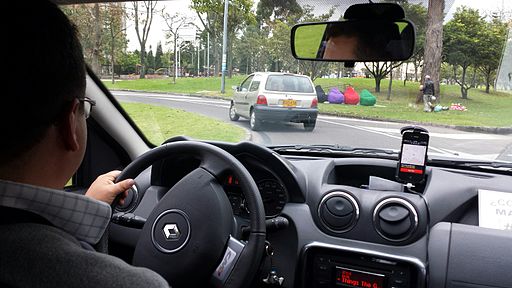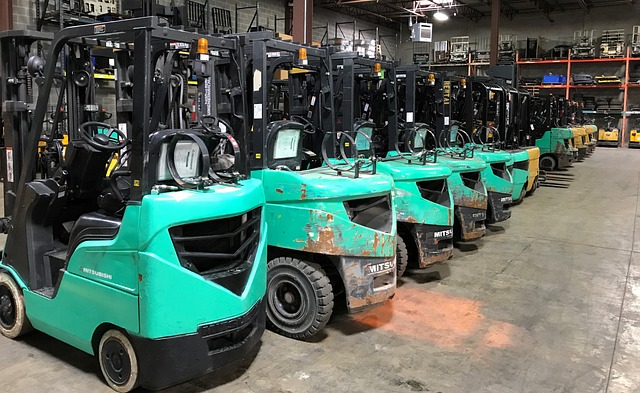Seafood has captivated palates across the globe for millennia and remains the world’s preeminent traded food commodity. Even today, in the current era of the 21st century, billions of consumers rely upon farmed or wild-caught seafood as their primary source of protein. Seafood can help keep you healthy as well as help you live longer.
There are a few things to keep in mind before going to order seafood online. First, make sure you research the specific product you’re looking for. Seafood can vary drastically in quality based on where it was caught and how it was prepared. Secondly, be sure to compare prices before making a purchase. Some sellers offer lower prices during special sales, while others may have better deals on longer-term subscriptions. Finally, be sure to check the seafood’s freshness rating before you buy. Seafood that has been frozen or canned may not be as fresh as seafood that has been freshly caught and frozen or canned immediately after being caught.
Too many options are available to buy seafood online
The Fish & Seafood Markets industry’s market size is estimated at $3.8bn and is projected to increase by 2.3% within the next year. Some people like to buy seafood from local fishermen, while others prefer to buy it from large retailers. For some, purchasing online and having it expeditiously delivered to their doorstep is an appealing option. Whichever route you choose, be sure to research the product before you buy it. Seafood can vary drastically in quality based on where it was caught and how it was prepared.
When comparing prices, be sure to consider the seafood’s freshness rating as well as its current price. Some sellers offer lower prices during special sales, while others may have better deals on longer-term subscriptions.
The best way to ensure that you’re getting the best seafood is by checking its freshness rating before you buy it. Seafood that has been frozen or canned may not be as fresh as seafood that has been freshly caught and frozen or canned immediately after being caught.
Effective Tips on Buying the Best Seafood Online
When seeking seafood for purchase, it is essential to take heed of a few considerations. Discover the most effective methods for procuring premium seafood online. Discovering quality products at an affordable price is imperative, so read on to learn how to identify high-quality offerings and purchase them cost-effectively.
1. Review the nutritional information to ensure you are buying the right seafood
2. Avoid fish with high levels of toxins and pollutants
3. Check for sustainable and ethical practices when purchasing seafood
4. Beware of fish that have been frozen or canned
5. Ask your butcher for their recommendations on the best seafood to buy
6. Compare prices and read reviews before making a purchase
7. Follow the advice of an experienced seafood buyer to find the best quality seafood
8. Check the seafood’s country of origin
9. Always Look for sustainable seafood
10. Avoid seafood caught using toxic or harmful methods
11. Purchase seafood that is fresh, frozen, or canned in a water-based sauce
12. Avoid seafood with excessive mercury levels
13. Choose seafood that is high in omega-3 fatty acids
14. Check their shipping/return policy/offers
15. Avoid buying seafood from unknown or unlicensed sellers
16. Ask questions to the seller in case of any queries
17. Double check product quantity before order
This way, you can make sure that you’re getting the best seafood available at a reasonable price.
Benefits of Buying Your Seafood Online
Go to the local seafood market and take a whiff of each piece of seafood; then bring it home with due care. Discover why online shopping for seafood is the way forward!
1: Convenience – Buying seafood online is convenient because you can order it from the comfort of your own home.
2: Variety – Online seafood stores offer a greater variety of products than traditional stores. Santa barbara uni to lobster meat everything is available!
3: Freshness – Most seafood websites guarantee that their products are always fresh and of premium quality.
4: Cost Savings – Buying seafood online can often result in cost savings due to lower overhead costs associated with running an online store.
5: Time Savings – Shopping for seafood online saves time since you don’t need to go to the store and search for the best product.
6: Environmental Impact – Shopping for seafood online reduces your carbon footprint since you’re not driving to the store.
7: Increased Sustainability – Buying seafood online supports sustainable fisheries practices since the seafood is caught using less harmful methods.
8: Better Quality – Seafood that you buy online is likely to be of better quality than what you would find at your local store.
9: Greater Variety – Unlike traditional stores, online seafood retailers offer a greater variety of species and sizes of fish.
10: Customization – You can customize your order according to your preferences and dietary restrictions.
11: Expert Knowledge – Many seafood sellers on online stores are experts in their field, so you can trust their recommendations.
12: Safe to Eat – Most seafood sold online is safe to eat, as long as it is properly prepared.
13: No Hassle – Unlike when you buy seafood at a regular store, you dont have to worry about dealing with pushy salespeople or long lines.
14: Better for the Environment – Buying seafood online supports sustainable fisheries practices since the seafood is caught using less harmful methods.
15: Security – Buying seafood online is generally more secure than buying it in a conventional store.
16: Returns and Replacements – If something goes wrong with your order, don’t be afraid to contact the seller for assistance. Many of them offer easy returns and replacements.
So, whether you’re looking to buy seafood for your own dinner or as presents for loved ones, following these tips can ensure that you get the best possible product. By taking these simple steps, you can guarantee that the seafood you purchase is fresh and of high quality.
Post courtesy: Kai Gourmet, Online Shop for Premium Meats and Speciality Products.



 How to7 years ago
How to7 years ago


 More4 years ago
More4 years ago


 More6 years ago
More6 years ago


 Interview4 years ago
Interview4 years ago


 Other Internet Tech6 years ago
Other Internet Tech6 years ago


 More6 years ago
More6 years ago


 More6 years ago
More6 years ago













